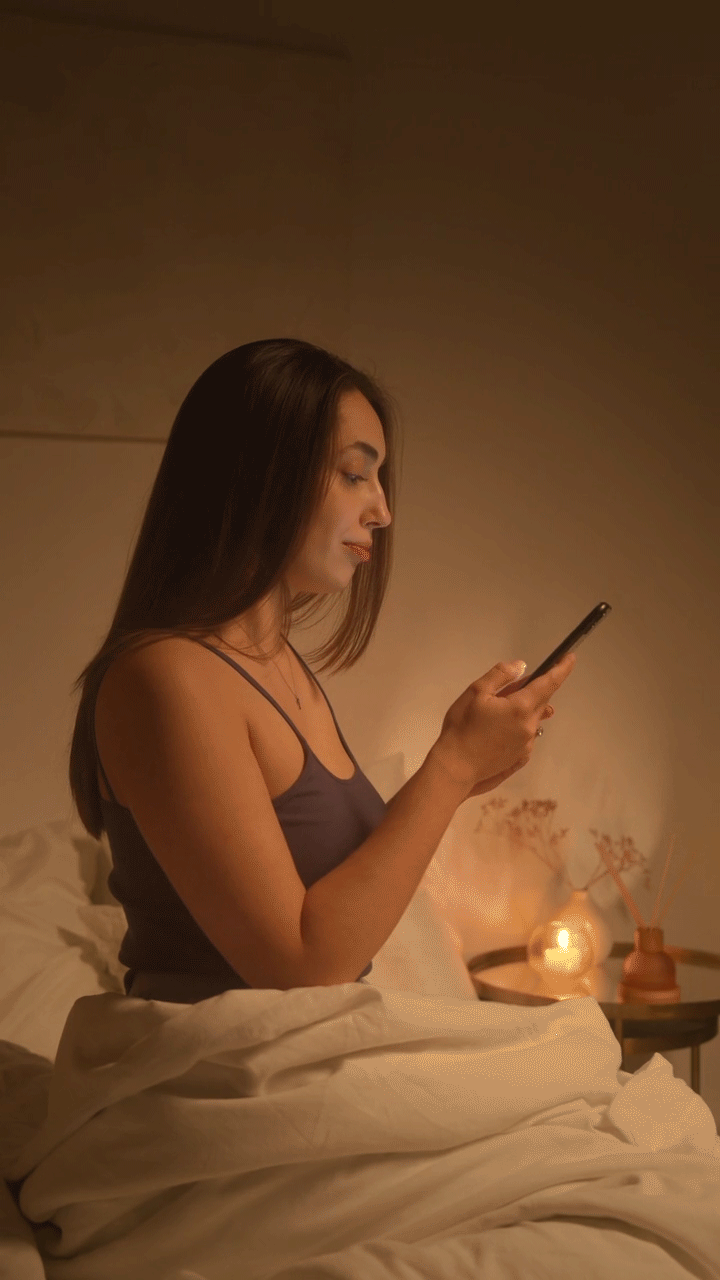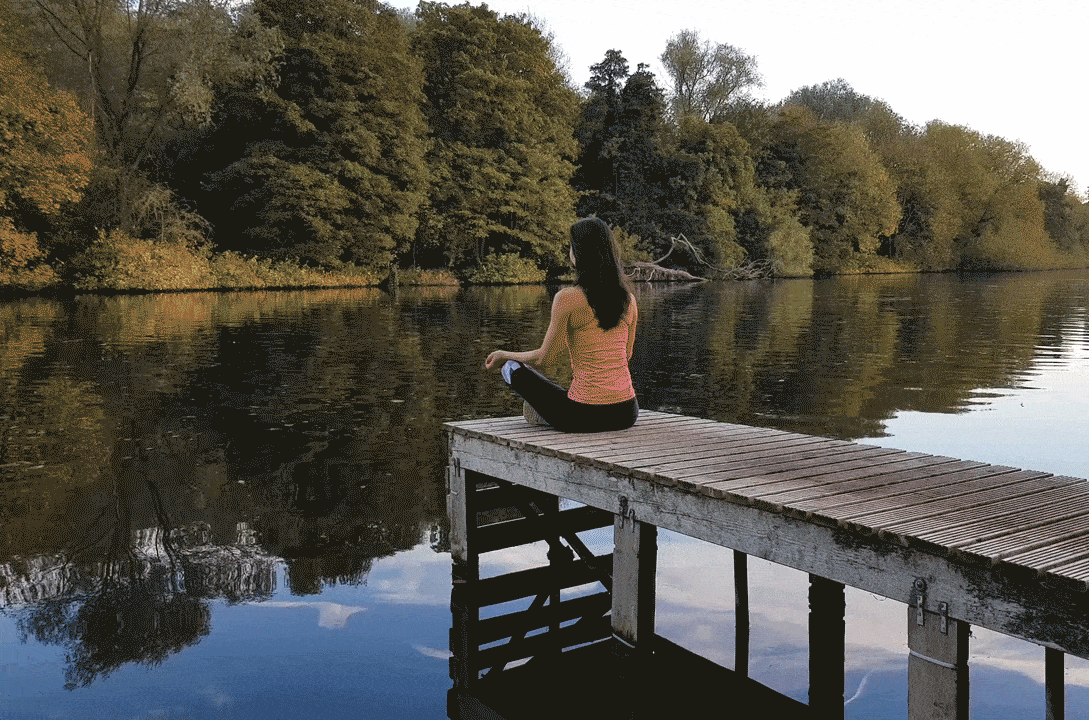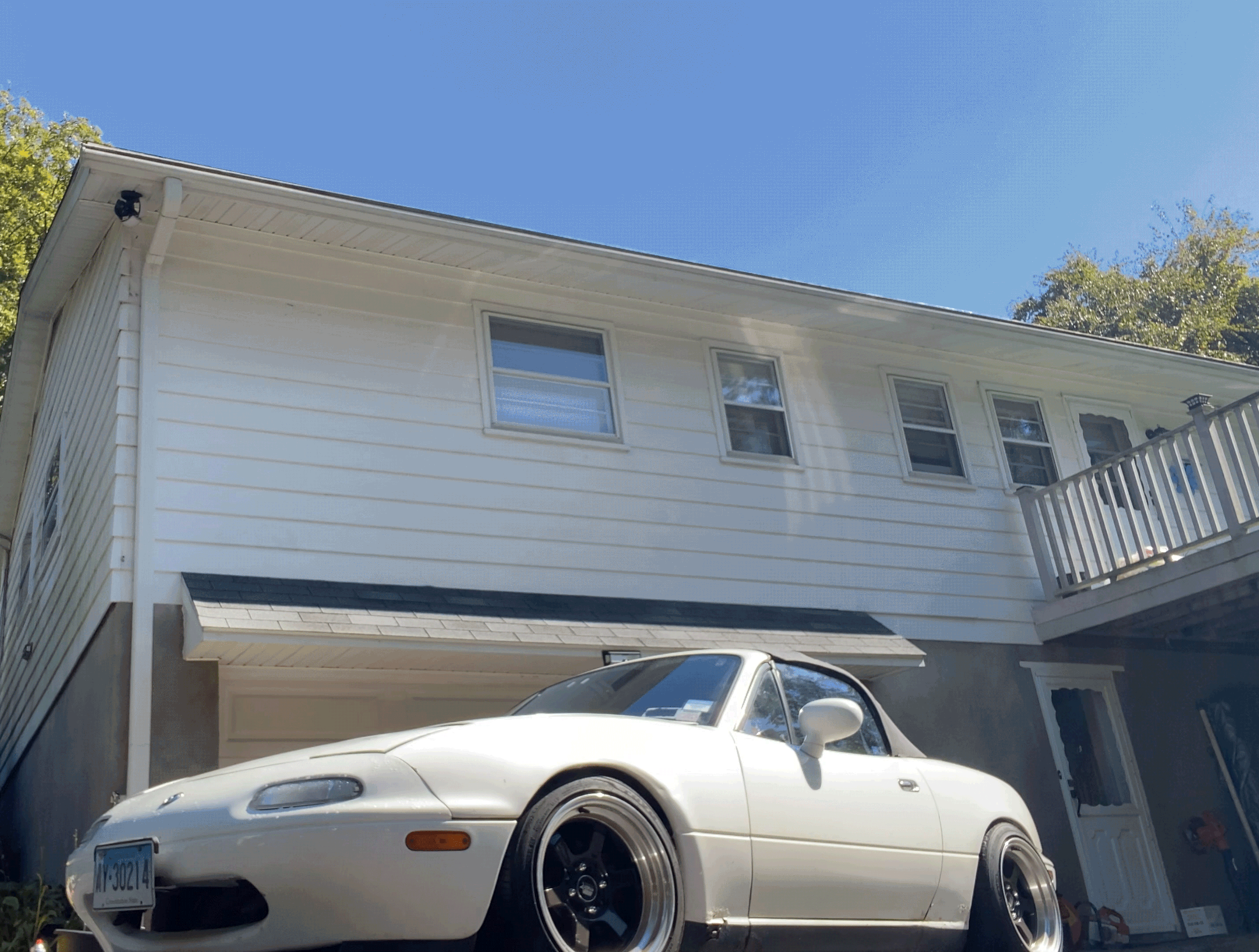Cinemagraph Series: Light, Stillness & Subtle Motion
Concept & Inspiration
The concept began with a fascination for fire as a subject—specifically the unpredictable, fluid motion of a flame. After exploring different forms of light-based animation, I was drawn to the idea of isolating fire within a quiet, intimate scene. I researched cinemagraphs that featured natural light sources, ultimately landing on the idea of a single candle by a bedside.
Process & Tools
The source footage was selected for its soft lighting and calm energy. Using Photoshop, I identified a moment in the video with a visually appealing flame shape and smooth motion pattern. I exported a still frame, masked the candle flame, and layered it over the original clip. After confirming the loop was seamless, I exported the final cinemagraph as a GIF.
Challenges & Observations
The key challenge was finding the right balance between motion and stillness. The flame had to feel alive but not distracting—just enough movement to add ambiance. Looping it cleanly took time and patience, but the end result achieved the quiet cinematic feel I was aiming for.
Concept & Inspiration
This cinemagraph was inspired by a striking image found on Pinterest: a completely still couple with only the water behind them in motion. The concept highlighted how isolating a single moving element can transform a photo into a contemplative, immersive experience. I aimed to recreate a similar feeling—tranquility with a subtle undercurrent of life, even without access to a natural body of water myself.
Process & Tools
After searching online for suitable footage, I found a video of a person sitting calmly near a body of water. Though she shifted slightly in the shot, I trimmed the clip to focus on a moment with the least movement. Using Photoshop, I paused the video at a visually strong point, masked a still frame, and layered it over the moving footage. I then masked and revealed only the water using a soft brush to ensure a natural blend between the moving and still elements. Once the motion looped cleanly, I exported it as a GIF.
Challenges & Observations
The subtle movements of the person were a challenge—any unintended motion could break the illusion of stillness. Careful selection of the video segment and masking techniques was key to isolating the water without introducing visual distractions. This project reinforced how even the most minor movements can have a major impact on a cinemagraph’s success.
Concept & Inspiration
This cinemagraph features a 1995 Mazda Miata gently raising and lowering its iconic pop-up headlights—giving the car a subtle, animated “wink.” The idea was personal and lighthearted: I wanted to capture a loop that highlighted the character and charm of my car in a minimal, satisfying motion. Originally, I envisioned the scene at night with the car’s halo-style lights glowing—but quickly learned that fluctuating light sources make clean loops nearly impossible.
Process & Tools
After testing night shots, I reworked the concept and reshot the footage in full daylight to avoid light inconsistency. I positioned the car in front of my house and used my phone to record a steady shot as I toggled the headlight button. In Photoshop, I isolated the segment with the cleanest up-and-down motion, took a still frame of the full scene, and used a layer mask to isolate the headlight movement. The final clip was looped and exported as a GIF.
Challenges & Observations
Lighting was the biggest hurdle—any changes in shadow or brightness during the loop made the effect fall apart. It took testing, environmental adjustments, and good timing to make the action appear natural and fluid. In the end, the project became a great example of how even everyday subjects can be elevated with thoughtful planning and precise execution.
Concept & Inspiration
This cinemagraph was born from a desire to capture the simple beauty of pouring a drink—a moment full of motion, texture, and refreshment. My original idea was to shoot the footage myself, but lacking a visually appealing setup, I turned to online sources. I eventually found a clip with vibrant color and clean composition: a glass being filled with limeade from a pitcher. The refreshing aesthetic and smooth stream of liquid immediately stood out as perfect for cinemagraph treatment.
Process & Tools
I imported the video into Photoshop, then located a section that I believed could loop seamlessly. I captured a still frame, layered it over the moving clip, and masked the area over the pouring liquid and glass. However, rather than isolating just the stream, I masked the entire cup as well—allowing the liquid inside to rise visibly as the stream poured. While this decision broke the seamless loop I had originally intended, I found the result visually satisfying and decided to keep it.
Challenges & Observations
This piece taught me a lot about motion control and how to build a believable cinemagraph. I now understand that when two moving elements are tied together—like a stream and rising liquid—they need to loop together perfectly or it breaks immersion. Still, I enjoyed the outcome and appreciate how the piece captures the energy and vibe I was aiming for, even if technically imperfect.
Final Reflection
This cinemagraph series allowed me to explore subtle movement as a design tool, where video and photography intersect to create quiet, meditative loops. Each project challenged me in new ways, from masking natural elements to understanding motion in stillness. I learned how lighting, timing, and subject matter all play critical roles in cinemagraph creation. Most importantly, I learned that even when the outcome isn’t flawless, the process itself sharpens both creative thinking and technical execution. I’m excited to continue experimenting with this format and apply these insights to future motion design work.




